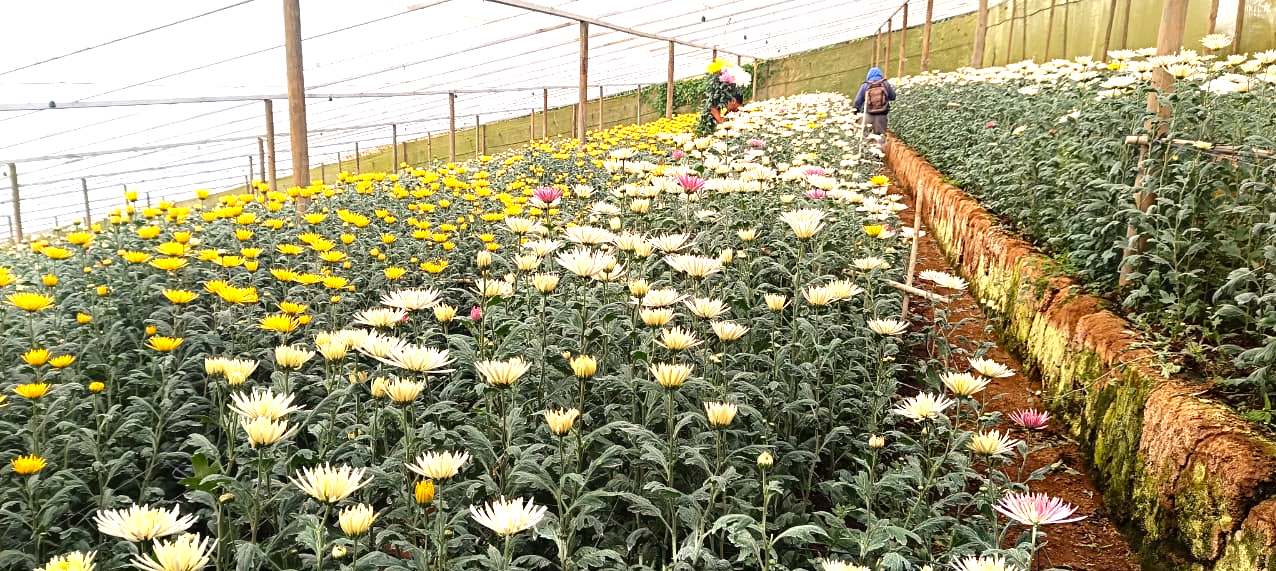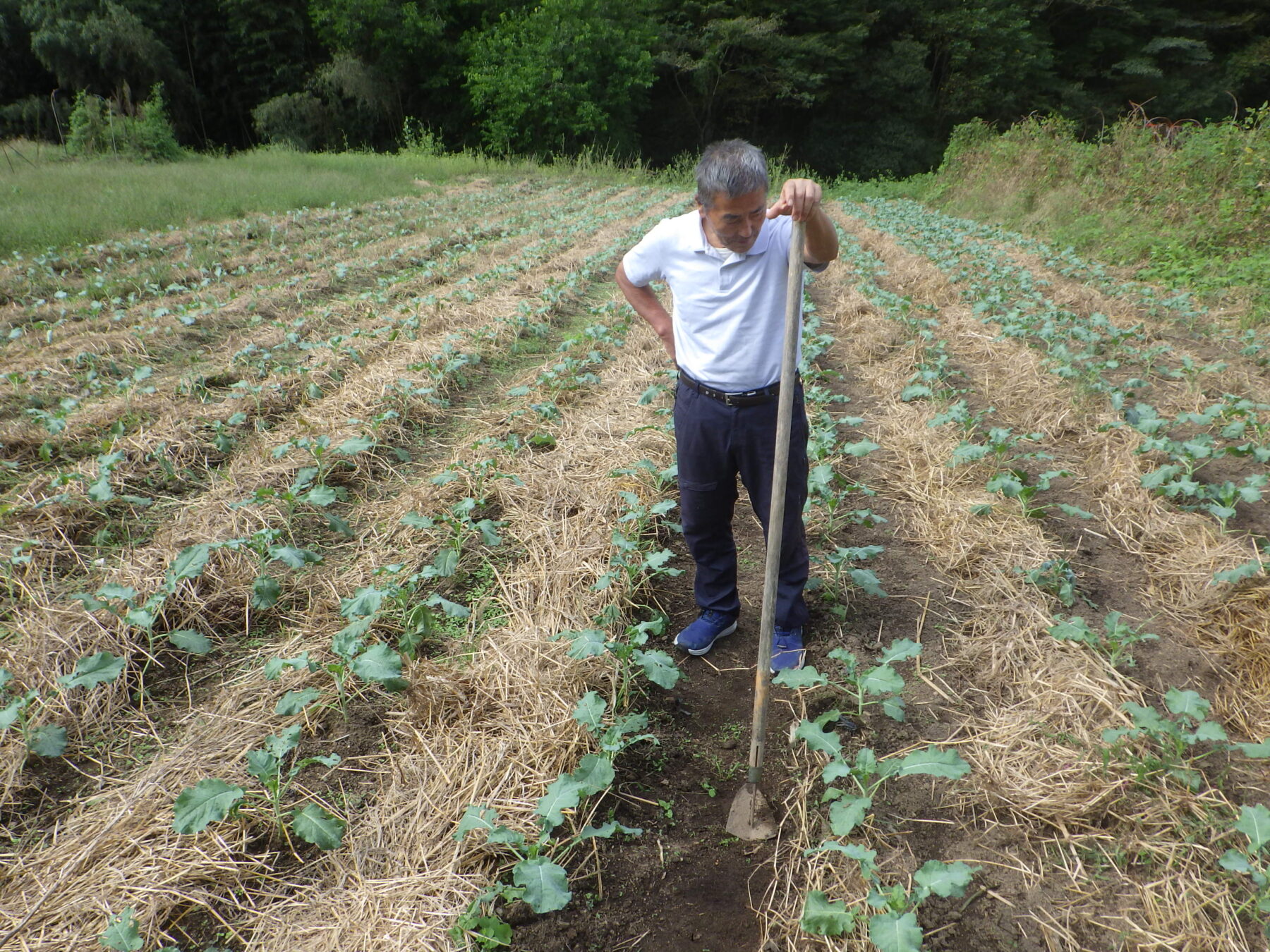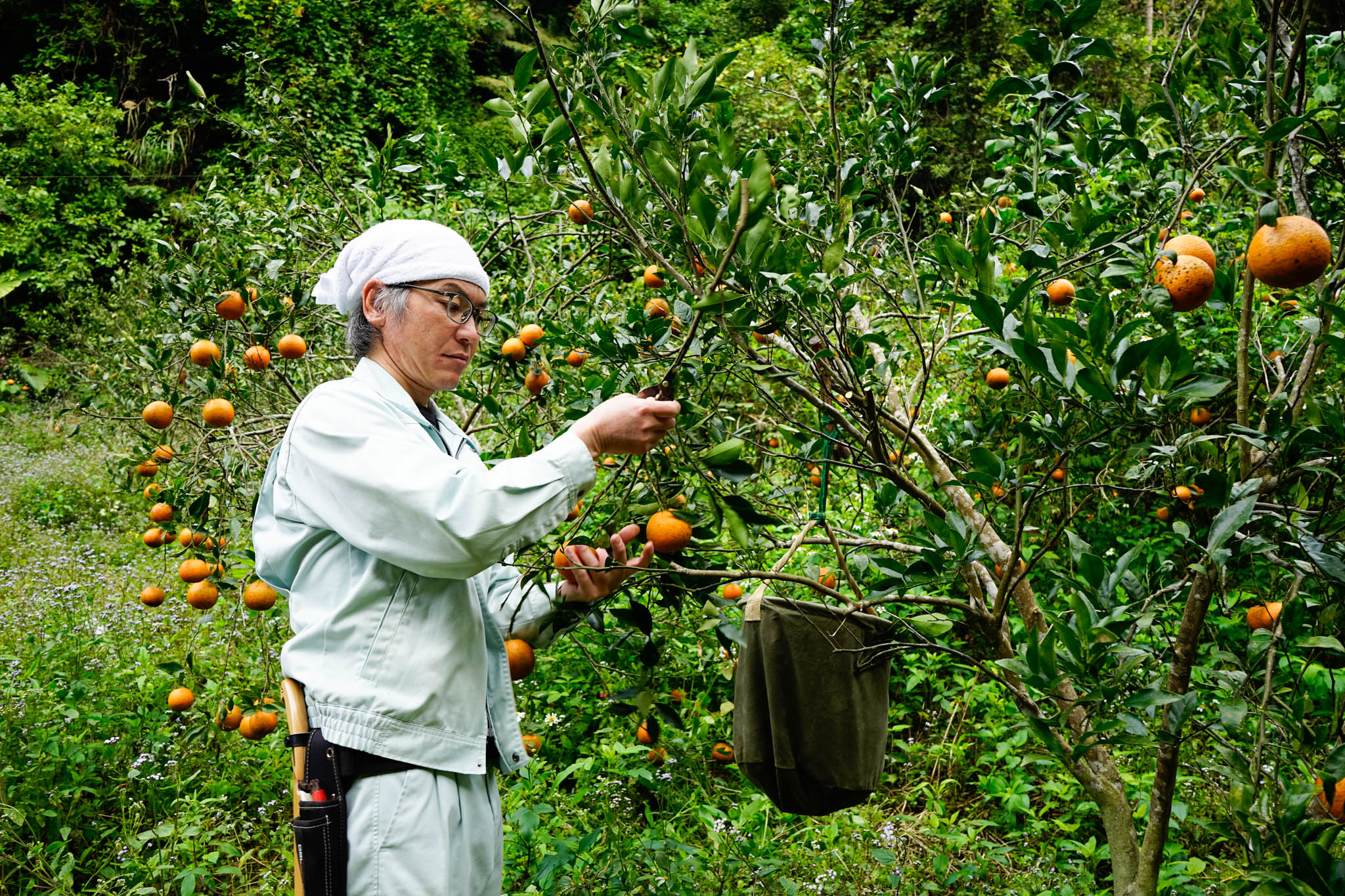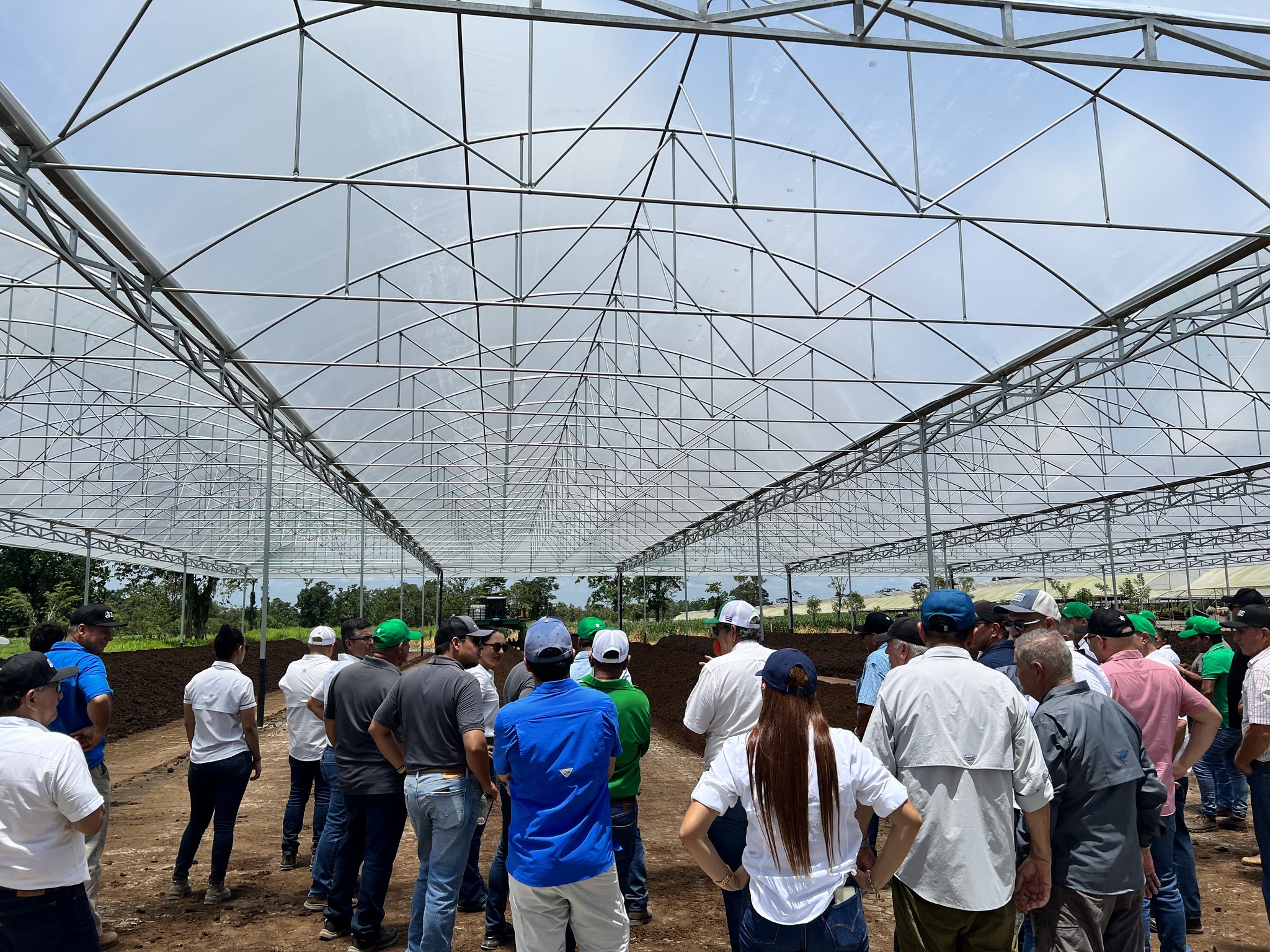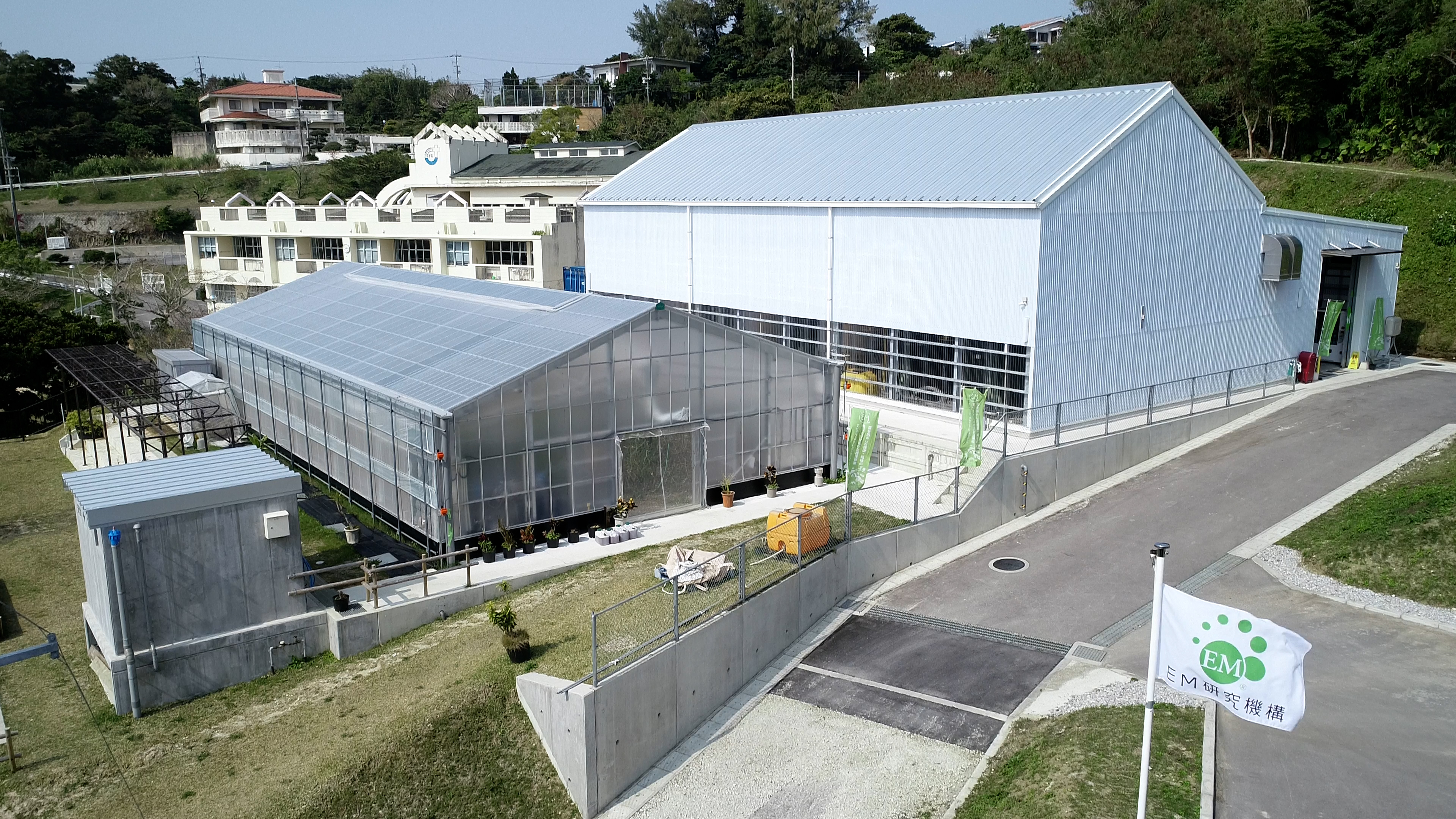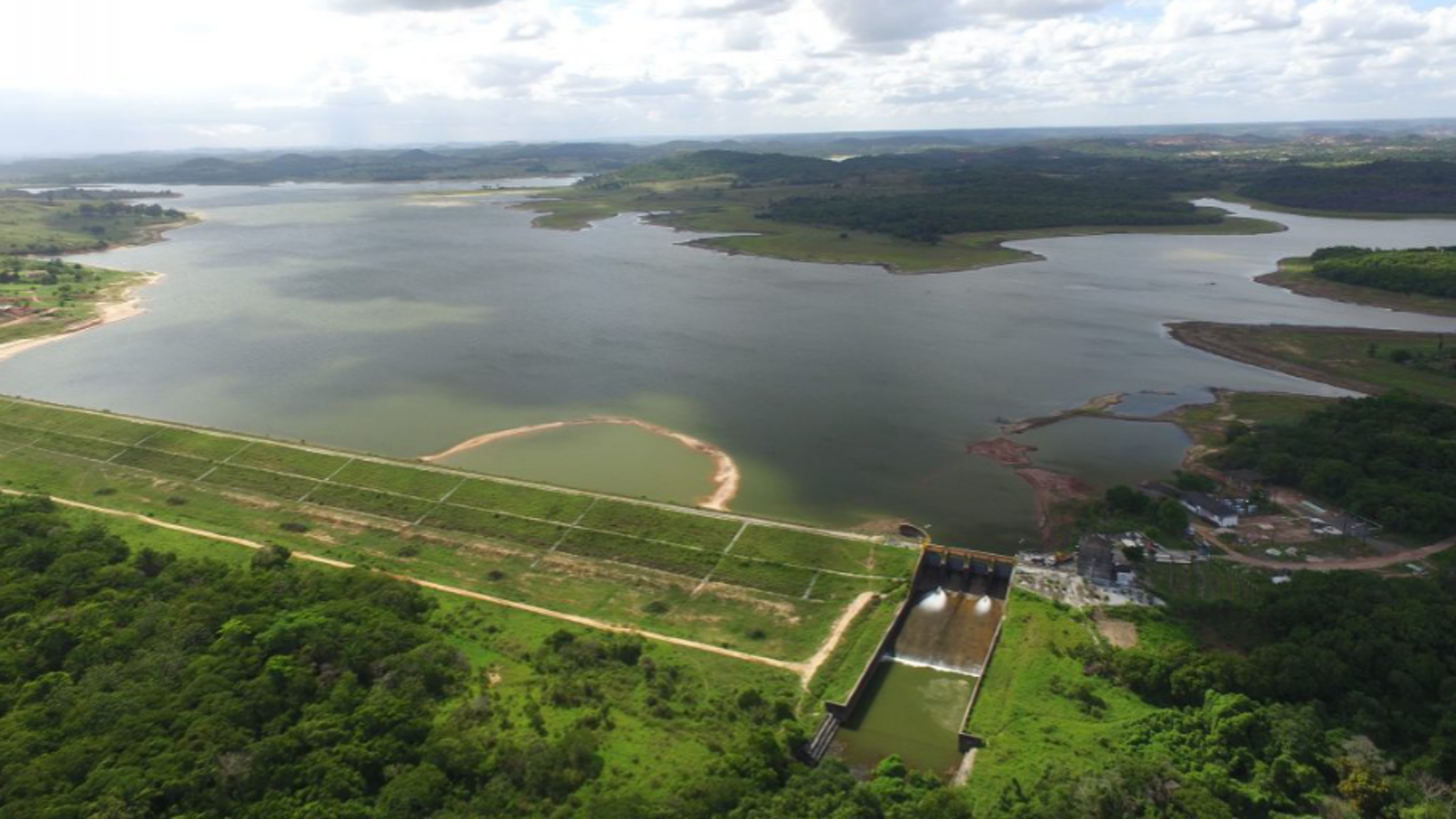Case Studies
EM in Large Scale Farming
Brazil
Activated EM・1

Agrosalgueiro Group in Brazil has started the use of EM in large scale since 2014. EM・1 is being used to seed treatment, soil treatment, plant treatment and disease controls.
EM・1 is applied in different stage of farming;
On seeds - EM・1 is mixed with inoculants during seeds treatment.
On soil - EM・1 is injected on furrow during planting or is sprayed onto soil.
On plants - EM・1 is sprayed over plants before closing lines.
On Diseases and Pests - EM・1 is sprayed, mixed with agrochemicals.
Because they have vast fields to take care of, a very large amount of Activated EM・1 also needs to be manufactured.
EM・1 is applied in different stage of farming;
On seeds - EM・1 is mixed with inoculants during seeds treatment.
On soil - EM・1 is injected on furrow during planting or is sprayed onto soil.
On plants - EM・1 is sprayed over plants before closing lines.
On Diseases and Pests - EM・1 is sprayed, mixed with agrochemicals.
Because they have vast fields to take care of, a very large amount of Activated EM・1 also needs to be manufactured.
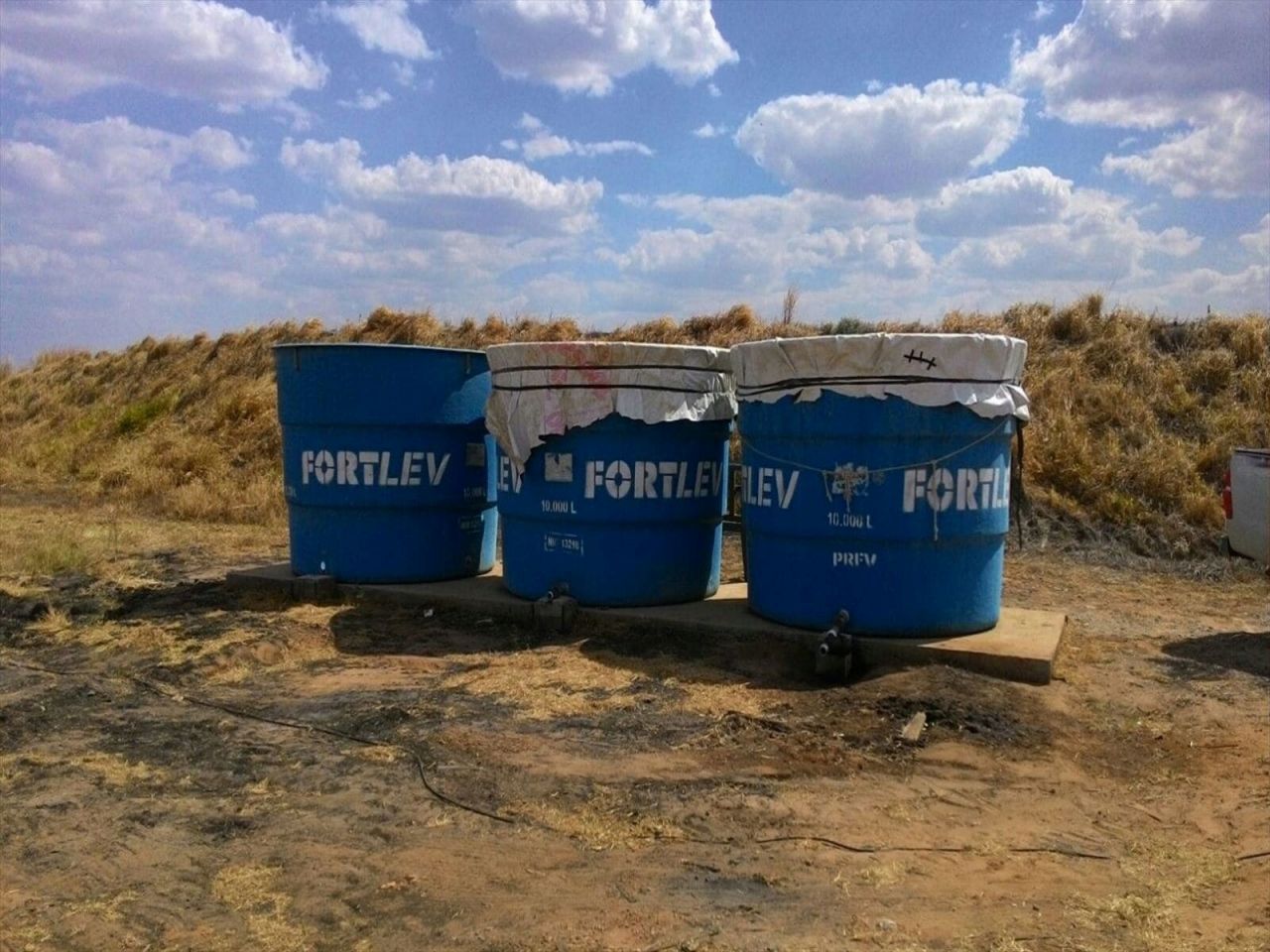
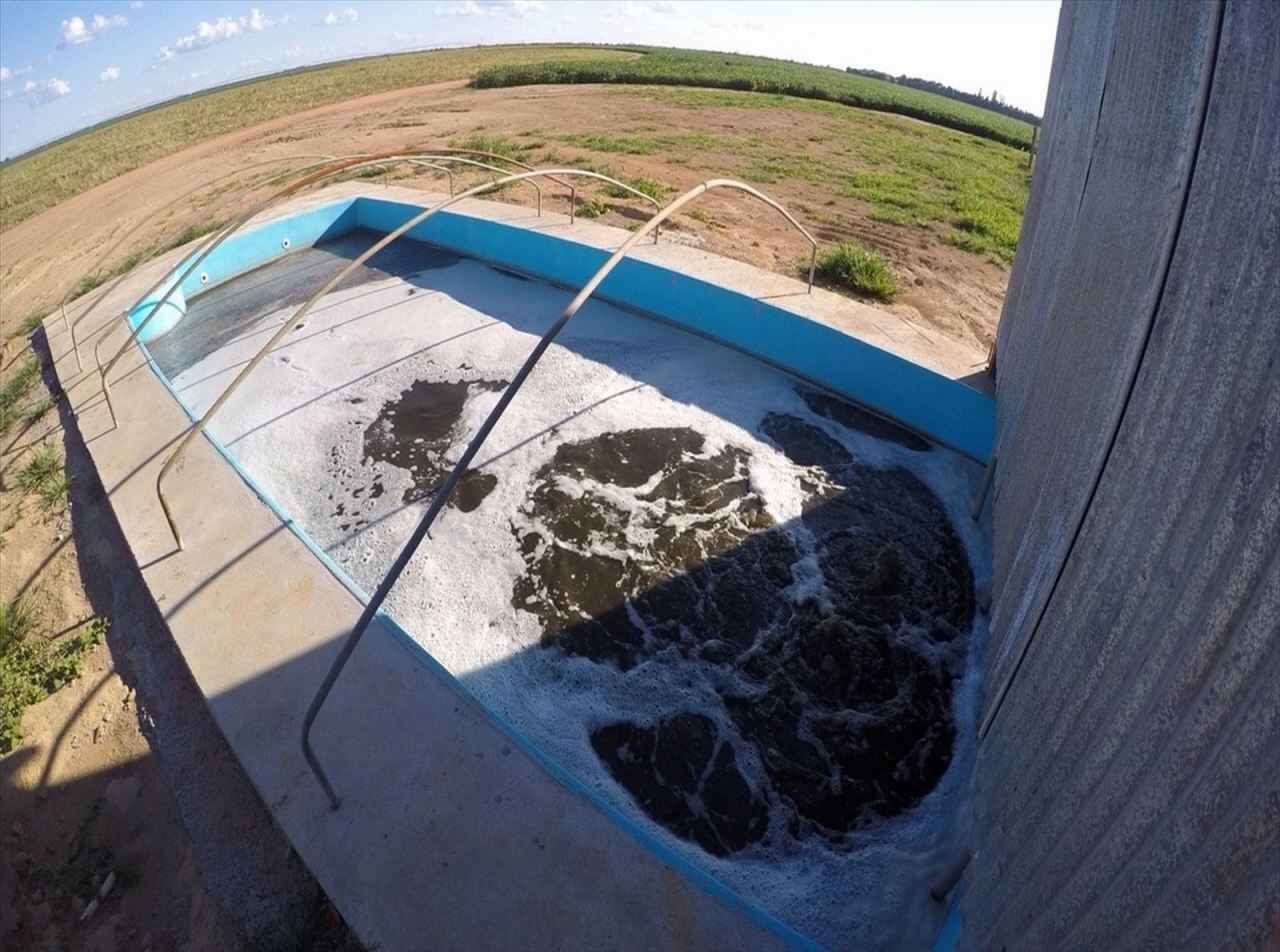
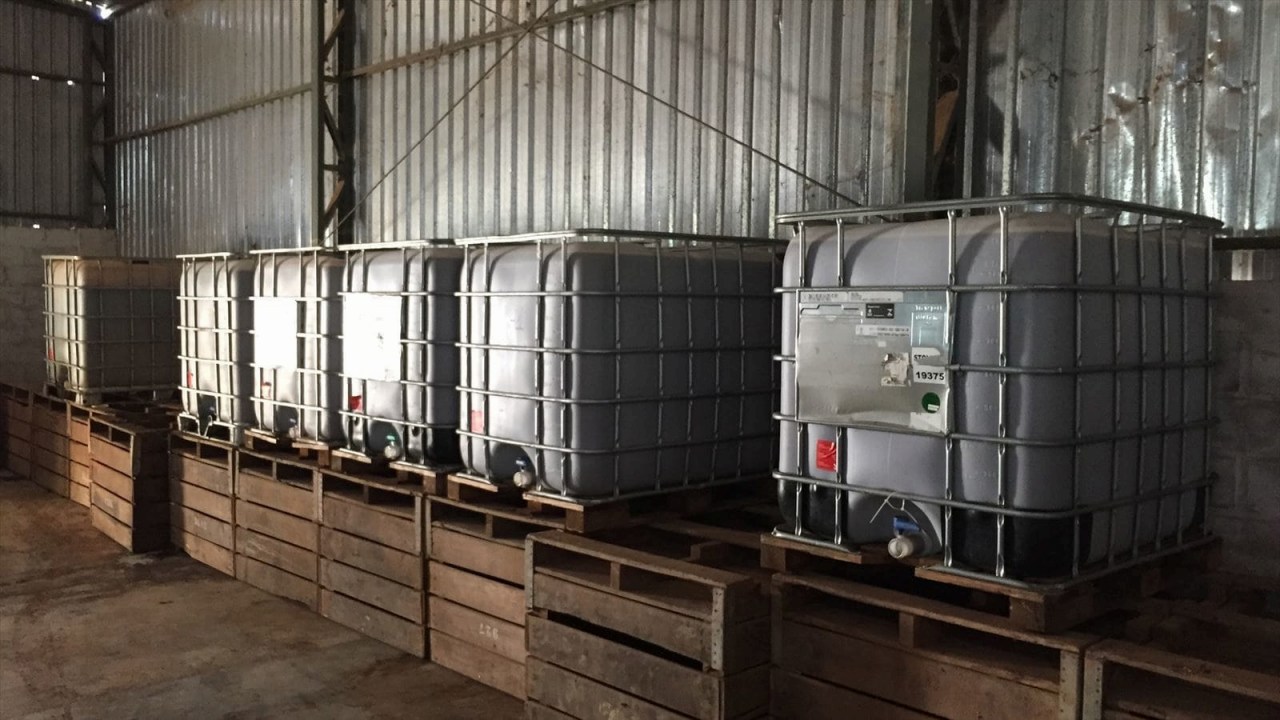
Seed Treatment
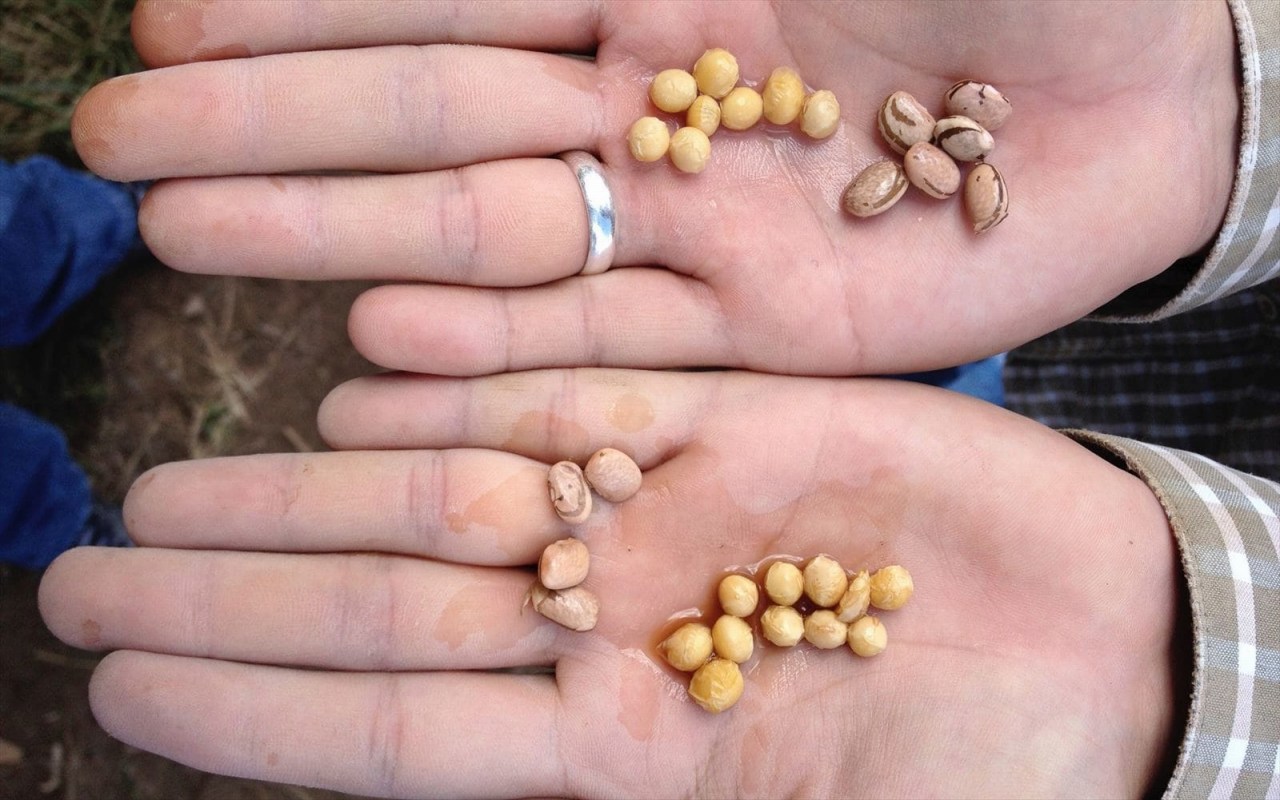
EM・1 is signiticantly used for treating seeds before planting them.
They mix EM・1 with other inoculants and even fungicides. Seeds are germinating faster and the effects of the inoculants on root growth have been improved.
They mix EM・1 with other inoculants and even fungicides. Seeds are germinating faster and the effects of the inoculants on root growth have been improved.
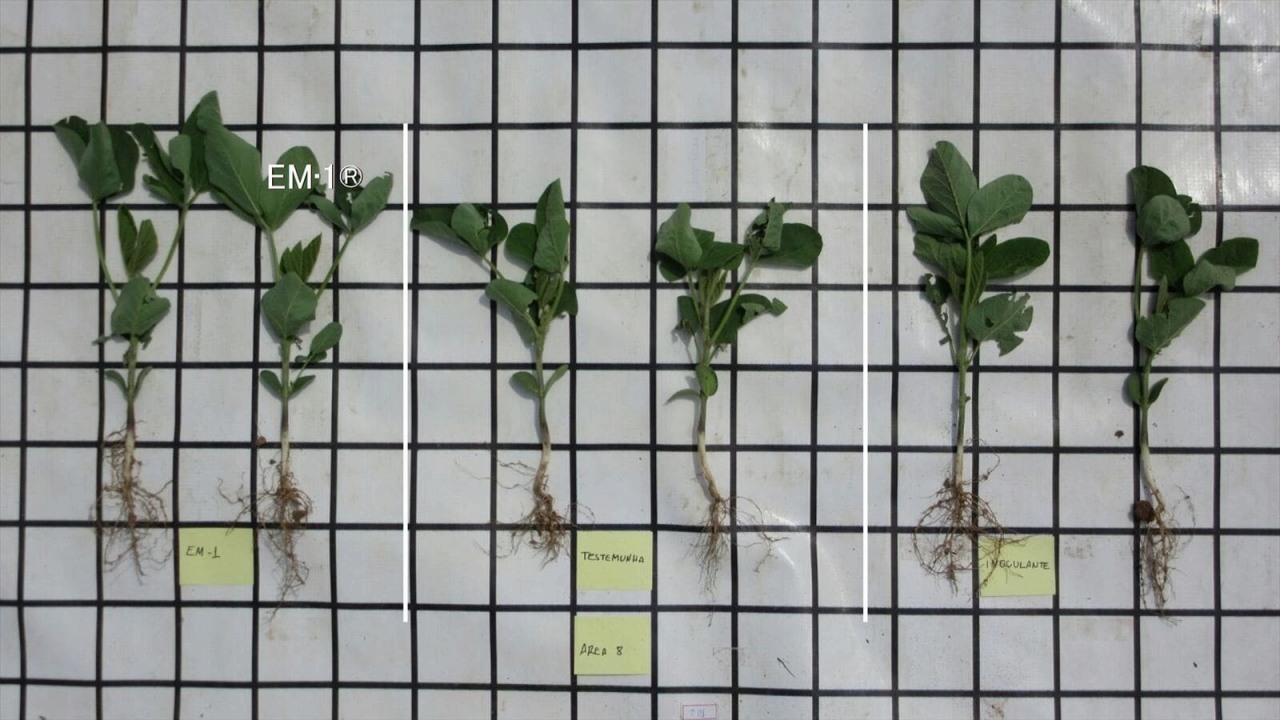
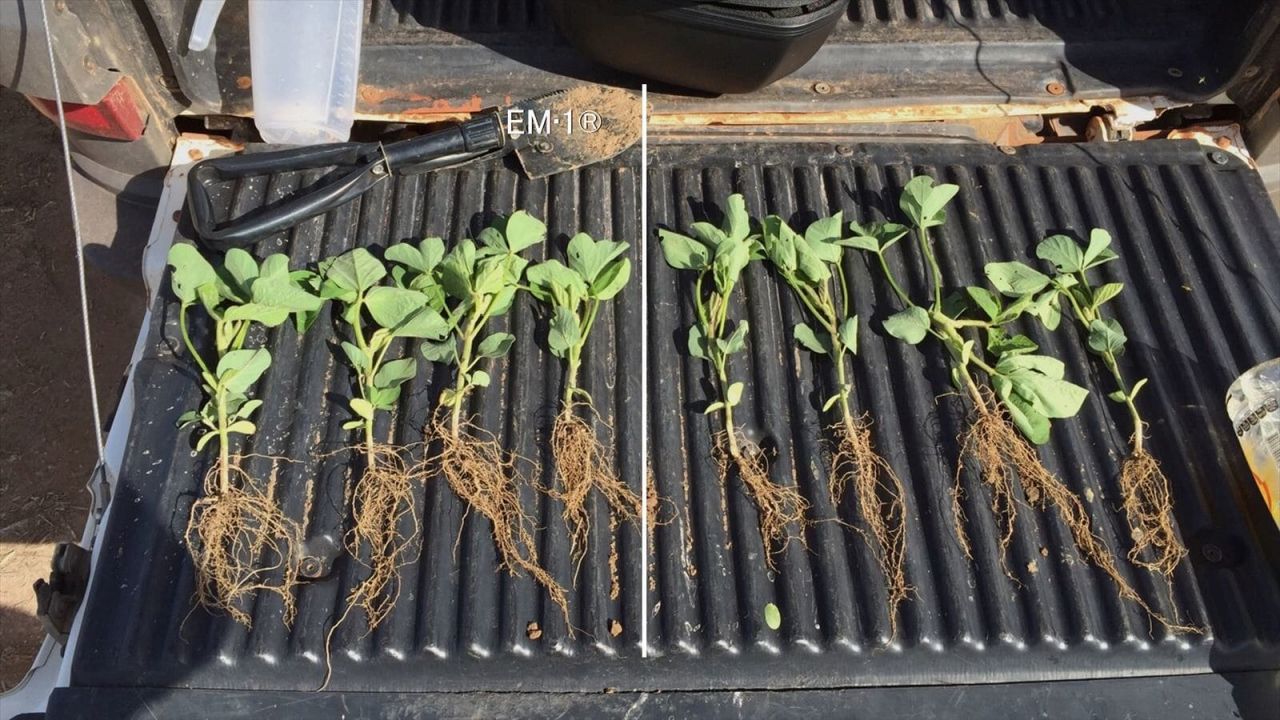
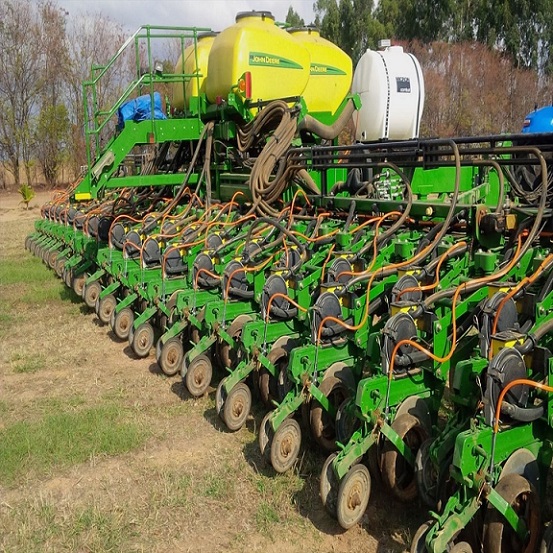
Soil Treatment

EM・1 is being used to reestablish life on soil, favoring a better composition of organic matter as well as favoring the development of other good microorganisms.
EM・1 is also applied directly to the plants to regulate plants growth. It is also applied mixed with agrochemicals to improve their efficiency, reducing 2 applications of fungicide and 1 application of insecticide, thus reducing the cost and labor.
Areas of soybeans where EM・1 had been used for soil for more than 2 years, had shown an increasingly reduction of menatodes problems. Natural and beneficial fungus that develped on soil worked as antagonist to nematodes, or even became natural predators for nematodes.
EM・1 is also applied directly to the plants to regulate plants growth. It is also applied mixed with agrochemicals to improve their efficiency, reducing 2 applications of fungicide and 1 application of insecticide, thus reducing the cost and labor.
Areas of soybeans where EM・1 had been used for soil for more than 2 years, had shown an increasingly reduction of menatodes problems. Natural and beneficial fungus that develped on soil worked as antagonist to nematodes, or even became natural predators for nematodes.
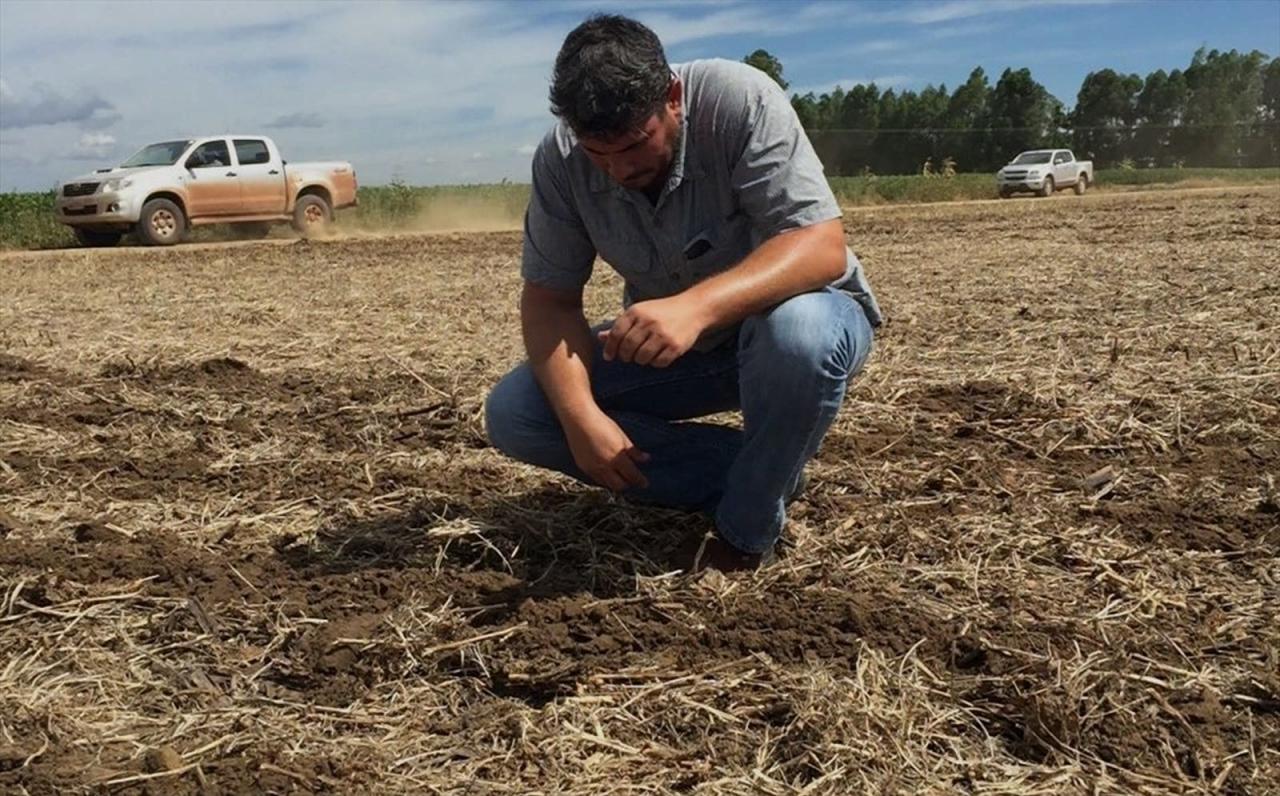


![[BEFORE]
Soybean Area affected by nematodes.
(Pivot of 38ha)](/files/casestudy/detail/7306fc2c5f2e13294539bb05f940a6a9.jpg)
Soybean Area affected by nematodes.
(Pivot of 38ha)
![[AFTER]
The same area recovered 1 year after EM treatment.
(Pivot of 38ha)](/files/casestudy/detail/bb5c63db8162318b861ded902d83ef08.jpg)
The same area recovered 1 year after EM treatment.
(Pivot of 38ha)
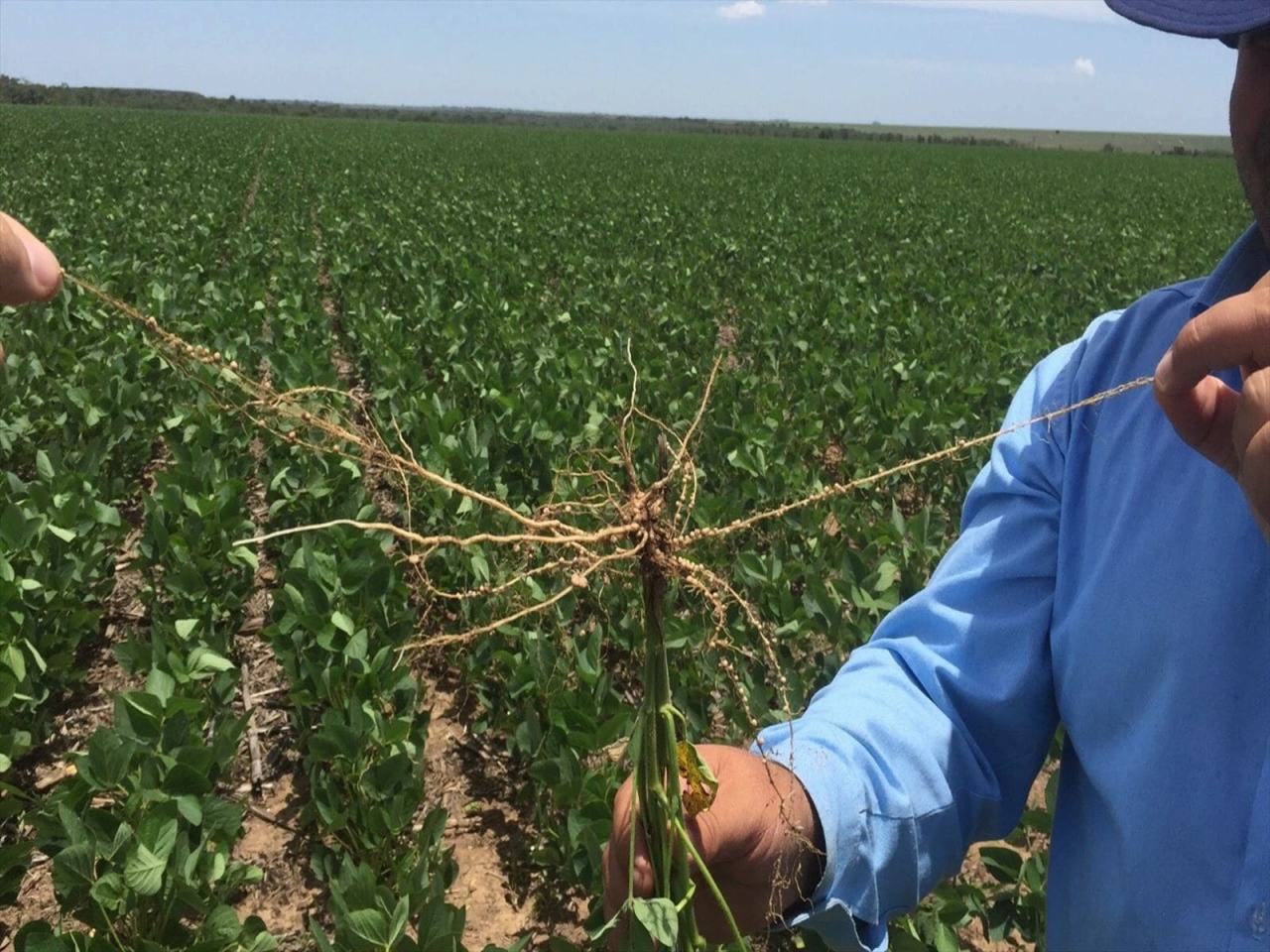
Economic Impact
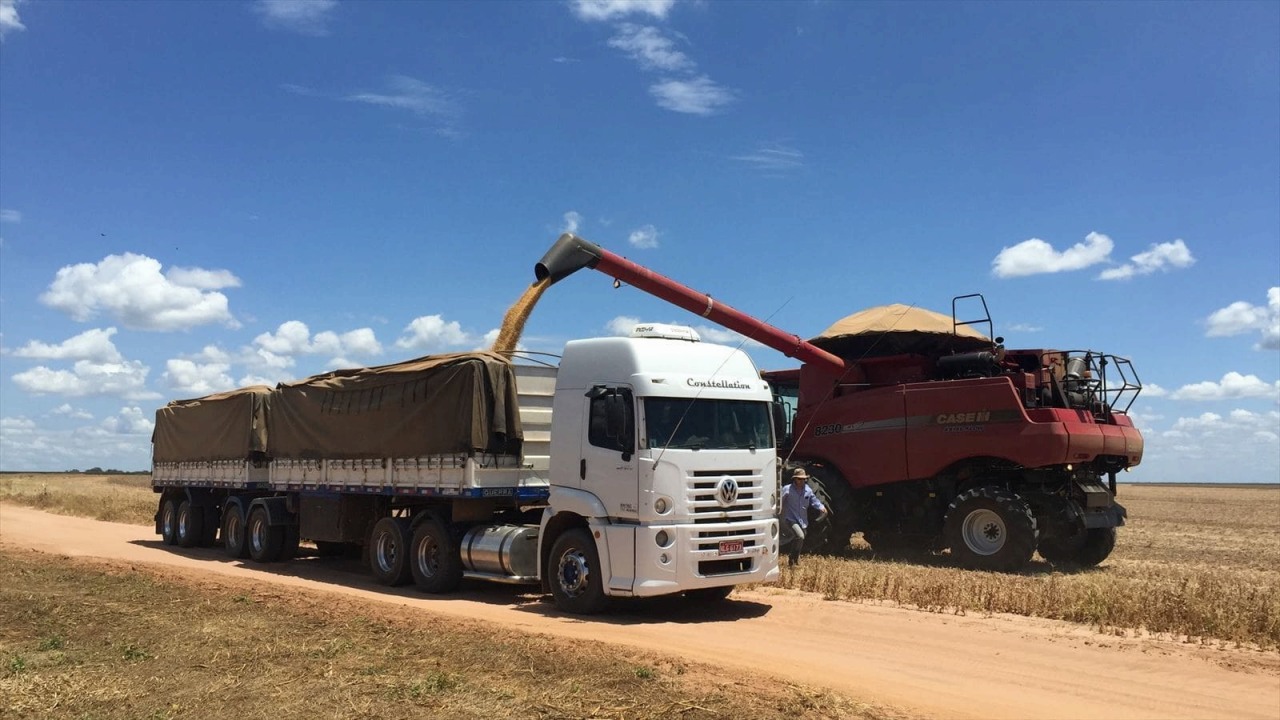
It was reported that farms using EM・1 effectively at the ratio of at least 20L/ha have increased their yield average by 4%.
For example, in a corn field using EM, Yield Average was 3,111kg/ha whereas 2,820kg/ha in the control field (10% UP). In a wheat and canola field with EM, the yield average was 161sc/alq whereas 156sc/alq in the control field (3.2% UP).
The economic impact of 4% increased in yeild average us about $55/ha.
Furthermore, less application and less use of agrochemicals reduces the cost, resulting in reducing the cost for chemicals $39/ha, thus net saving is $94/ha.
For example, in a corn field using EM, Yield Average was 3,111kg/ha whereas 2,820kg/ha in the control field (10% UP). In a wheat and canola field with EM, the yield average was 161sc/alq whereas 156sc/alq in the control field (3.2% UP).
The economic impact of 4% increased in yeild average us about $55/ha.
Furthermore, less application and less use of agrochemicals reduces the cost, resulting in reducing the cost for chemicals $39/ha, thus net saving is $94/ha.
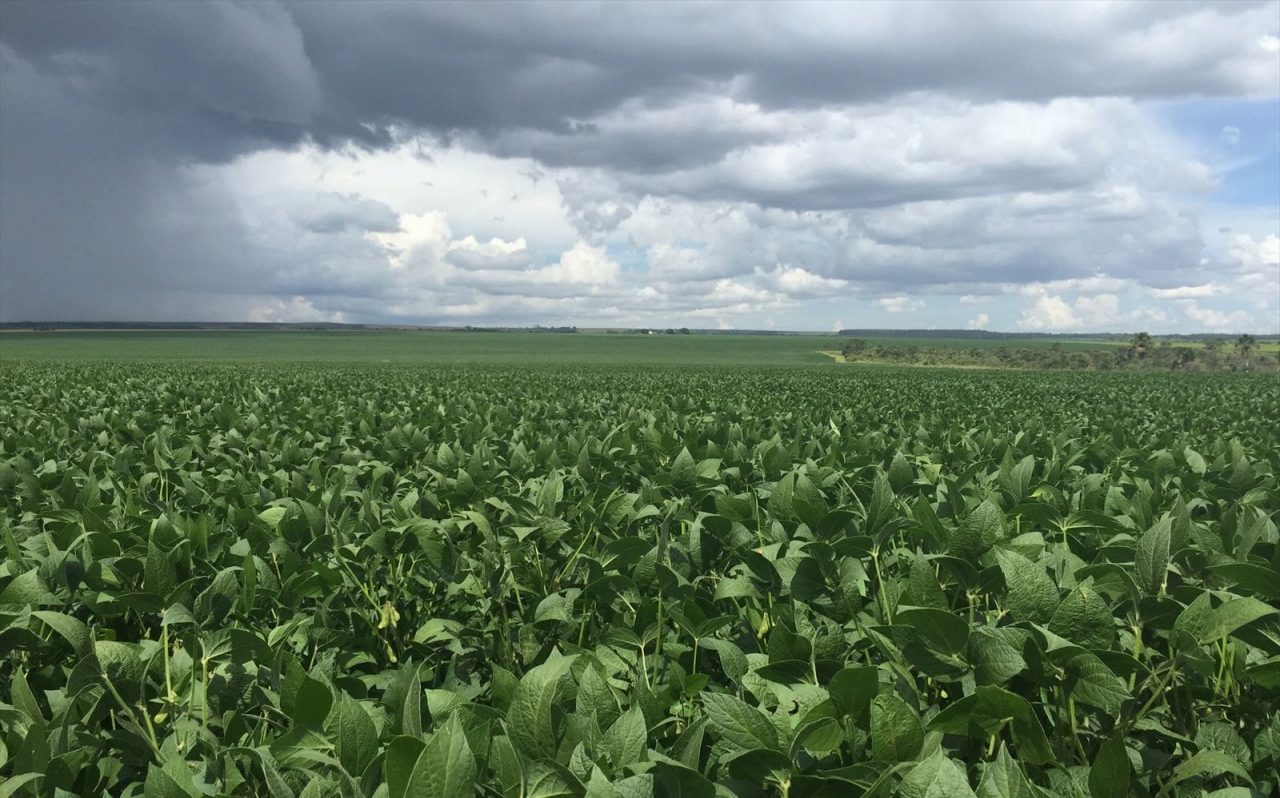

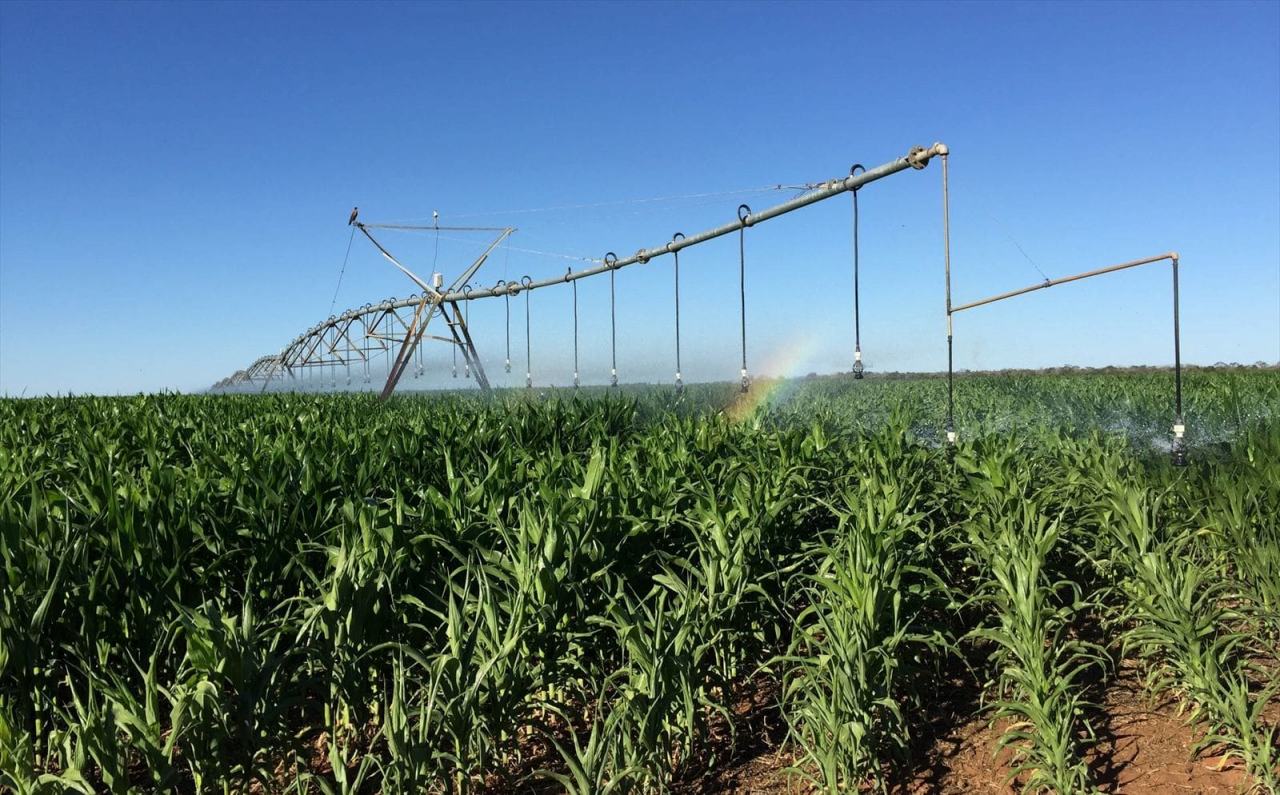
Environmental and Social Impact
Farms that are using EM・1 for more than 2 years have reported better soil quality, better organic matter on soil, and better levels of nutrients.
It also helps farmers save money and they feel happier to work with a safe product. According to the farmers, EM・1 is bringing new perspectives, new hopes and it is encouraging them for new investments.
It also helps farmers save money and they feel happier to work with a safe product. According to the farmers, EM・1 is bringing new perspectives, new hopes and it is encouraging them for new investments.
